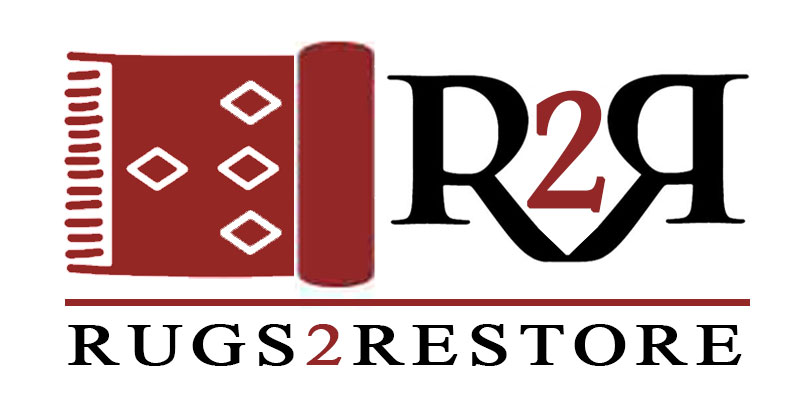You have already heard about Persian rugs, Right? I’m sure that you did, and you already know much more about Persian rugs. But did you know that more than 200 types of rugs are made in Iran? You might wonder what makes these rugs so special and unique. Well, there are a number of things that make these rugs different from other types of rugs. If you are looking to buy an authentic Persian rug, then you can make your search easier. There are a number of reasons that make these rugs special. They have amazing colors and designs, and some of these designs are very rich and amazing. However, In this article, we’ll talk about What Are The Colors And Maps Of Persian Rugs?
Why The Colors Are Important
The colors used in the design are said to be very important when it comes to Persian rugs. The colors of a Persian rug can tell you a lot about the history of the rug and the culture it comes from. Each color is said to represent a different quality or characteristic, which can influence the overall tone and feel of the rug. For example, red is often seen as a symbol of power and strength, while blue is said to represent tranquility and serenity.
When you’re choosing a Persian rug, the colors are just as important as the design and pattern. Keep in mind that each color has a different meaning and can represent different things in Persian culture.
The Different Colors Of Persian Rugs And Their Meaning

Persian rugs come in a wide variety of colors, designs, and sizes. The most traditional Persian rugs are made with natural dyes and feature intricate designs that often tell a story. Modern Persian rugs often use synthetic dyes and have more abstract designs. Though the colors and patterns of Persian rugs vary, there are some general themes that can be seen in many of them.
When you look at a clean Persian rug, you might not realize that the different colors in the design have meaning. But each color actually represents something specific, and together they create a story or message. Red, for example, is often seen as a symbol of power and strength, while blue is often seen as a symbol of calmness and serenity. Green, meanwhile, is often seen as a symbol of growth and new beginnings.
Persian rugmakers often use a wide range of colors in their designs, but there are some that are used more frequently than others. The most common colors used in Persian rugs are red, blue, green, yellow, White, and brown. Each of these colors has a specific meaning that can be used to create a certain mood or feeling in a room.
One of the things that set Persian rugs apart is their intricate maps. These maps are not just decorative – they actually have a lot of meaning and significance. The designs on Persian rugs often depict the countryside or cityscape of the region where the rug was made. This gives buyers a glimpse into another culture and helps them to understand the history and tradition behind the rug. The colors of a Persian rug can also be used to create a map of Persia. The different colors represent different areas of the country.
However, the overall design of the rug will also play a role in its overall meaning. For example, a rug with a floral design might symbolize new life or growth, while a more geometric design might represent strength or stability. Some patterns and designs on Persian rugs are as to be stated.
The Herati pattern is one of the most popular patterns in Persian rug design. This pattern is created by using a series of small diamonds to create an overall diamond shape. The Herati pattern is often used to represent good luck and fortune. The colors and patterns of Persian rugs are deeply rooted in the culture and history of Persia. Other includes:
- Common motifs include flowers associated with beauty
- birds associated with liberty
- geometric shapes associated with balance
- lions associated with courage
Ultimately, the meaning of a Persian rug will depend on its specific design and colors. When choosing a Persian rug, it’s important to consider not just the design but also the meaning behind it. However, Knowing the meanings of these colors and patterns can help you choose a rug that fits your personal style and preferences. It can also give you a better understanding of the rug’s cultural significance. So if you’re interested in purchasing a Persian rug, be sure to take the time to learn about the different colors and patterns and what they represent.

